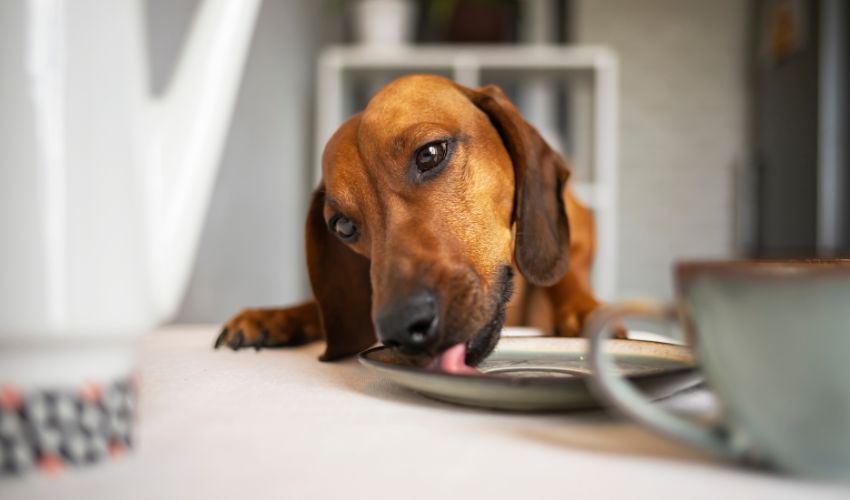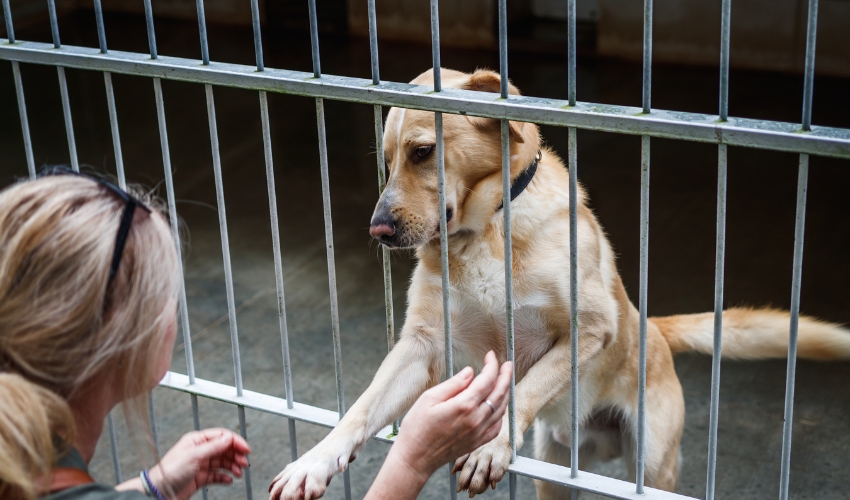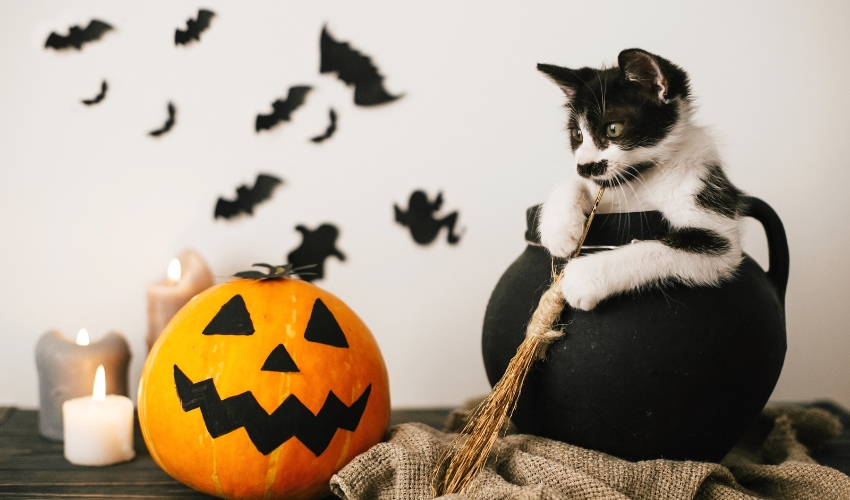Fur parents should be aware of parvovirus, its symptoms, and how it can affect their puppies. Parvo is lethal for those little ones because they haven’t developed a strong immune system yet, making them susceptible to the virus. Owners should know that they should be responsible for their parvo-infected puppies’ diet to replenish their strength completely.
Learn more about what you should feed a puppy with parvo through this guide!
Puppy With Parvo Signs and Symptoms
Parvo, short for parvovirus, is an infectious and contagious disease that mainly attacks a dog’s gastrointestinal tract. Unvaccinated puppies with weak immune systems are more prone to catching this virus.
The virus is present in the puppy’s gastrointestinal tract like a worm inside its host. They both prevent the presence of nutrients for a pup, making it weak and losing its appetite.
Once you have noticed the apparent weakness in your puppy, it is your responsibility as the owner to take it to your trusted veterinarian. Spotting the presence of Parvo as early as possible would make a big difference in the puppy’s recovery.
These are the parvo symptoms you should look out for:
- Anorexia
- Bloody diarrhea
- Dehydration
- Depression
- Fever
- Lethargy
- Pain or Discomfort
- Redness of tissue around the eyes and mouth
- Rapid Heartbeat
- Vomiting
- Weakness
- Weight Loss
Taking Care Of Your Puppy
Knowing what to feed a puppy with parvo would significantly impact a possible recovery — otherwise, it could become worse than ever. A puppy infected with the virus has faulty digestion, so it would be hard for them to process any food given to them.
These pups are also likely to vomit, yet they still need the nutrients from food intake to keep fighting off the virus from their bodies. This is why taking care of your puppy is such a delicate process since you need to balance everything out.
Now, you first need to consider if your trusted veterinarian has prescribed dog food that’s medically formulated for puppies. These products are specially made for a puppy’s delicate digestive system and are widely available in the market. Be sure to look out for these products first, and if the expert prescribes it, it would be the best food for your sick fur baby.
Sometimes, the veterinarian will not prescribe a specific dog food if a puppy shows excellent resistance to the virus. In this case, you are responsible for preparing a personalized diet for your puppy.
Food Choices For Your Puppy

A dog with parvo may not have the appetite to eat whatever it is you are preparing, so make sure you are making something that will catch their attention. An organic, soft, and bland meal should tickle a puppy’s appetite.
These could be meat-based foods that are available in supermarkets. You just need to eliminate the choices of anything with additives, preservatives, onion, and garlic in the ingredients since they can be harmful to the puppy’s tummy.
Chicken broth is also a good choice for your dog. You can prepare it with sliced chicken and bring it to a boil in a pan with a little bit of water. The softness of the chicken and rice combination, plus the nutrients, would greatly help your puppy.
Eggs are also a great source of nutrients to keep your pet in shape. Mix a few eggs with meat inside a blender to put it together in a form that would be easier for your puppy to digest.
Knowing what to feed a puppy with parvo is not yet everything you need to know. As an owner, you should also work with your dog’s appetite so you can administer spoon feeding if necessary.
Aside from feeding the puppies bland meals that are full of nutrients, a fur parent should also know how to check the pet’s hydration levels.
Checking If Your Puppy Is Dehydrated
Liquids are as necessary as food intake for your parvo-infected puppy. As an owner, you can physically check if your pet has lacking hydration levels by taking specific courses of action.
You can first lift the skin at the back of your puppy’s neck and see if it falls right away. If it does not fall back right in, then the puppy is dehydrated and in urgent need of water.
Checking the puppy’s gums can also indicate their hydration level. A hydrated puppy should have healthy pink gums that, when you carefully press them with your finger, would lighten in color. If the gums do not return to their pink color after pressing it down, it means that the dog is dehydrated.
Parvo could also lessen your puppy’s appetite for water, so as an owner, you should be prepared to use a needleless syringe to hydrate them directly.
Conclusion
Fur parents have the right to ask about what they should feed a puppy with parvo. Aside from this, owners should also learn to spot the virus and how to take care of the infected puppies as they recover. Food and water, alongside a concerned owner, are critical to the recovery of these little ones as they cannot eat and take care of themselves.
Parvovirus is prominent at this day and age, and you could help other fur babies get the best care out there. If you are interested in volunteering for these animals, visit Doobert and be a part of the team! You can also adopt an additional furry friend to your home by reaching out to their services.











